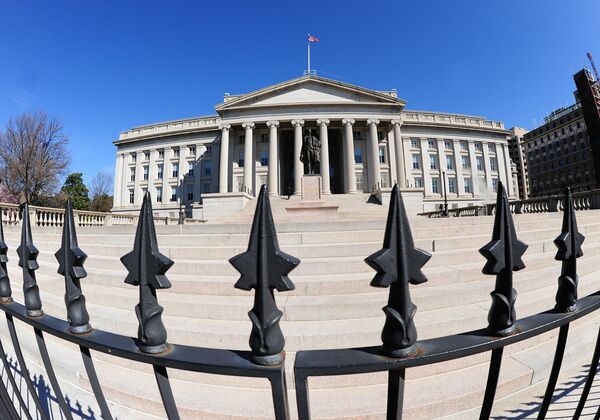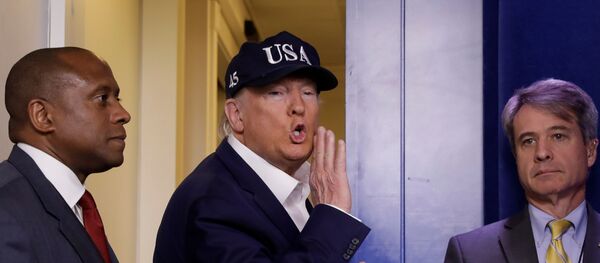The US federal debt held by the public is expected to equal 195% of the country’s Gross Domestic Product (GDP) by 2050, which will be a two-fold increase since 2020, according to the US Congressional Budget Office (CBO)’s latest report.
The survey claimed that with the federal debt due to stand at 98% of GDP by the end of this year, “the projected budget deficits would boost federal debt to 104% of GDP in 2021, [and] to 107% of GDP in 2023.”
The CBO argued that the size of the federal debt by 2050 “would be the highest by far in the nation’s history, and it would be on track to increase further”, something that the CBO warned is fraught with far-reaching economic repercussions.
“High and rising federal debt makes the economy more vulnerable to rising interest rates and, depending on how that debt is financed, rising inflation. The growing debt burden also raises borrowing costs, slowing the growth of the economy and national income, and it increases the risk of a fiscal crisis or a gradual decline in the value of Treasury securities,” the report pointed out.
Additionally, the CBO warned that even after the effects of the 2020 coronavirus pandemic disappear, the US’ budget deficits in the coming decades are estimated “to be large by historical standards”.
The deficits may increase from 5 percent of GDP in 2030 to 13 percent by 2050 – “larger in every year than the average deficit of 3 percent of GDP over the past 50 years”, the report noted.
The projections come after the CBO reported in early September that the US’ federal debt has already reached its highest level since World War II and is currently equal to the size of the country’s economy.
CBO suggested that the debt may exceed 100 percent of GDP in the next fiscal year, which kicks off on 1 October, due to the US government’s hefty financial response to the COVID-19 pandemic.
The US government has provided up to $5 trillion in coronavirus bailout funds since March 2020. The Coronavirus Aid, Relief and Economic Security (CARES) Act was passed in late March and included $2 trillion, while the $3-trillion Health and Economic Recovery Omnibus Emergency Solutions (HEROES) Act was adopted in May.





